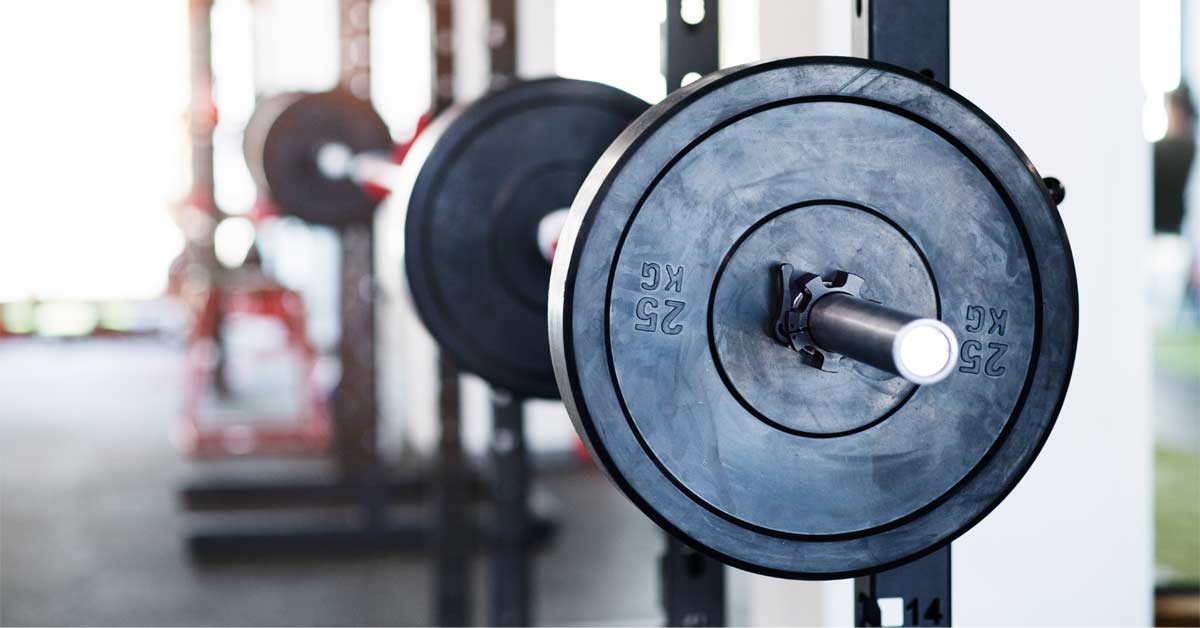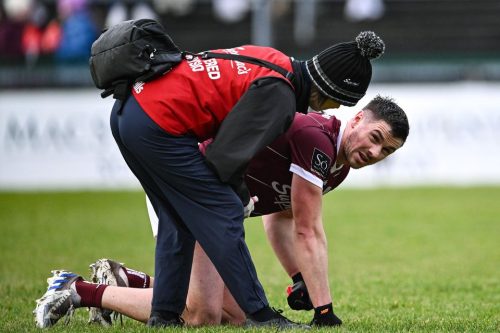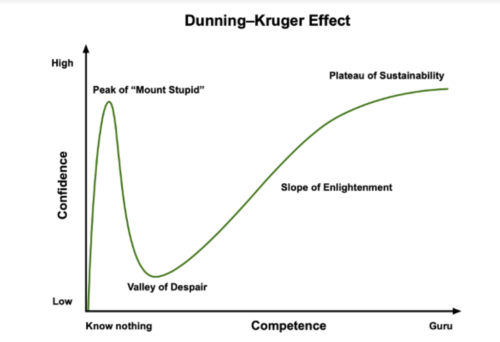
Kaizen in Everything. But Why?
“The only true test of intelligence is if you get what you want out of life.” – Naval Ravikant
Power = Force x Velocity
For sure we need to be able to move at high speed in Gaelic Games and you’re probably all sick of hearing me banging that drum.
However, even though GAA is largely a non-contact sport, more powerful athletes commonly have an advantage over their opponent.
It means that within the small amount of contact situations that they find themselves in, they are able to dominate. They have the upper hand and they have the capacity to win any collision with the opposition.
Even though these contact situations occur minimally over the course of the game, it is still probably wise to be well-prepared for them.
Now, being effective in a contact scenario is a pretty specific skill and it requires the ability to use your own bodyweight and physical prowess to manipulate the other athlete’s bodyweight, especially using momentum (mass x velocity).
However, the prerequisites to be able to do so are obviously incredibly important. If we are to effectively use momentum, then we must be able to find the optimal body mass at which we can achieve a high velocity.
If we are to generate power, we need to be able to generate a high degree of force, at as quick a velocity as possible. So, what do we need to work on in order to be able to do so?
You’ve already heard me speak about the importance of working on tissue capacity in the off-season in my 3rd article of this series. And that still holds true in pre-season. We must prepare the tissues of the body to be able to tolerate the demands of training and matchplay in the coming weeks.
However, once we have our preparatory phases completed, then we should move towards improving performance by enhancing our maximal outputs. These maximal outputs that we should focus on, if we are to improve our athlete’s ability to generate power, are their maximal force production and their rate of force development.
Since the GAA moved towards more elite standards in the late 90s and early 2000s, teams up and down the country have been focused on improving max force production. It’s still common practice in many clubs and county setups to have a “testing day”, where the athletes will perform a number of strength tests to assess their ability to generate force.
These tests may be 1-Rep Max tests, 3-Rep Max tests or more recently, maybe even the use of force plates to directly test the athlete’s ability to generate force in a specific position. Often an Isometric Mid-Thigh Pull will be used as an assessment tool here. You’ll likely see more county setups employing this tactic over the coming seasons if they have access to the necessary resources.
With the 1RM or 3RM tests, we are assessing force production using a method for assessing the expression of force, rather than seeing the actual quantities of force being generated. So, if a team has identified their ability to generate high maximal forces as a limiting factor, then maybe it is a suitable method for assessment. However, my own bugbear with this method is that it’s very hard to re-test over the course of a gruelling season. The risk of injury is also likely higher due to the high loads placed on each individual, who are simultaneously dealing with residual fatigue from training & matches and the psychological stress of performing the test in front of their coaches and peers.
That is why I’ll always favour concurrent testing and monitoring throughout the season in training, which can be done more consistently and takes less time away from the actual training that improves performance.
However, that’s not to say that I don’t have my athletes lift heavy things. If we are to improve an athlete’s ability to generate force, then the best way to do that is to have them lift heavy s***.
This is factored into the training program and done at times when the risk of injury is lowest, the athletes will gain the most from doing so and where they have the most physical and psychological energy to put towards striving for improved performance.
So after we’ve completed the preparatory phase of the program, we’ll move towards the developmental stage of the program or the “lift heavy s***” stage. This is also the part of the program that the athletes typically enjoy the most, as they get to challenge themselves to see what they’re capable of lifting.
However, rather than simply looking to max out and lift the heaviest weight possible, the athletes are typically instructed to pick relative loads to lift. These loads may be assessed relative to what they estimate their rep max would be, or we may use an RPE model to assess whether we’ve picked the correct load to lift.
In this way it’s a much more controlled practice than simply assessing maximal lifts and the athletes are conscious that we always favour quality over quantity. The quality in this case is in relation to the positions that the athletes can find over the course of the lift. If you can’t find the position, then you’d better drop the load to a level at which you can.
Strength is position specific, so if you’re not finding the position we want to, then it’s unlikely that you’re going to become stronger in that position. Let’s learn to generate high forces, but let’s make sure we’re generating them in the positions that are going to help us to generate them on the field of play too.

The other aspect of force production that is of crucial importance for team-sport athletes is their rate of force development (RFD). This refers to how quickly they can generate high forces and is obviously more commonly the limiting factor in a contact situation on the field of play. These contact situations occur in a matter of milliseconds, so it is obviously advantageous to be able to produce force as fast as possible to win the collision.
This is also the specific area which I believe a lot of teams miss out on as they put too much emphasis on maximal strength in their S&C program. Sure, we may see improvements in RFD if we improve maximal force production or maximal strength, but if the athletes are already “strong enough”, then it may make more sense to focus on improving how quickly they can access maximal forces.
So, we must then add velocity to the equation. And in this way we can see that RFD and velocity-based training is more aligned with power development than solely focusing on max force production. In my estimation and from my own experience, most elite-level, senior players are pretty strong. Typically, unless they’re new to the system and have just come through an underage setup, they meet the standards for maximal strength for elite GAA players, as outlined in the research literature.
This could be because they have 5+ years of strength training under their belt. They’ve come in every January for the duration of their adult career and performed similar exercises with similar rep schemes over the course of the pre-season period. As a result, maybe they’ve reached a plateau in relation to their maximal strength and it may be of added benefit to change up their training slightly to burst through that performance ceiling.
So, with my athletes over the last couple of years, after we’ve completed the “lift heavy s***” stage of the season, we’ve transitioned into more training focused on producing force fast. If we were to give this phase a name we might call it the “lift slightly less heavy s*** but lift it fast”. We will usually progress to this stage only after we’ve maxed out on gains to be seen from improving maximal force production, or if we’ve deemed it unnecessary to continue in that vein. In other words, we’ve reached the point of diminishing returns.
We will absolutely still keep elements of max strength training within the program, however the emphasis will move towards higher-velocity movements to train those specific physical qualities. This training may involve the use of ballistic-style training methods such as medicine ball throws, plyometric variations and training using higher loads such as loaded-jumps or Olympic lifting variations.
When thinking about how to improve an athlete’s ability to move at various different speeds, I usually ask myself if in the program I have;
The focus of all of the above is pretty apparent. I’m very focused on my athletes’ intent within their lifts. If they bring intent to each and every lift, then they’ll be likely to recruit more fast-twitch muscle fibres and thus they’ll be more likely to improve their maximal outputs. If they bring intent to every lift, then we are focusing solely on quality over quantity, so I can trust them to stop training when they feel that they’ve maxed out. If they bring intent to every lift then we’ll be much more likely to fill the gaps that have been missing within their training over the last number of years in relation to RFD. And the most useful way that I’ve been able to drive intent in the weight-room in the last year, has been through the use of velocity-based training methods and testing tools. For the last year I’ve been partnered with Output Sports and I have seen great benefits in terms of fostering a healthily competitive environment through the use of their software. Athletes have been able to compete with each other whilst focusing on something other than the amount of weight lifted, which has been awesome.
We test a number of different lifts, where athletes use a % of their bodyweight or of their projected 1RM and then see who can create the most bar speed, maximal power and/or average power. This has allowed players of different builds, positions and ages to compete with each other to see who can be the most powerful or who has the best RFD using loads appropriate to them.
It’s something new and I don’t expect that every club setup will have access to such resources at the moment. However, even though Output Sports are industry leaders and come highly recommended by myself, there are many other cheaper alternatives out there that I’m sure can be used as effectively in a small group environment.
So, as we move away from standard 5×5 training programs throughout the course of the season and towards a more well-rounded approach to athletic development, just remember that if you want to improve your athlete’s ability to perform a variety of sporting actions, you’d better include a variety of movement velocities and exercise variations within your training program.
The specificity principle tells us that the body will adapt to its imposed demands.
In other words you get what you train for. So, if you want to become more powerful, then you’d better train to become more powerful.
Train force.
Train velocity.
Develop power.

“The only true test of intelligence is if you get what you want out of life.” – Naval Ravikant

So, we can see that when it comes to our training, a certain volume of work when paired with adequate recovery is positive for our development, but if that same intensity of work is mismanaged and spiked, then the same exercise intensity can be toxic to the athlete.

Unfortunately, it takes a fall from the peak of mount stupid, on top of the Dunning-Kruger curve, for many of these lessons to land home.
Here to help you achieve your health and performance goals.
At Petey Performance, I’ll assist you every step of the way. What’s stopping you?
Take ownership today.
© 2021 All Rights Reserved
Subscribe to Petey Performance and get updates on new posts plus more exlusive content.